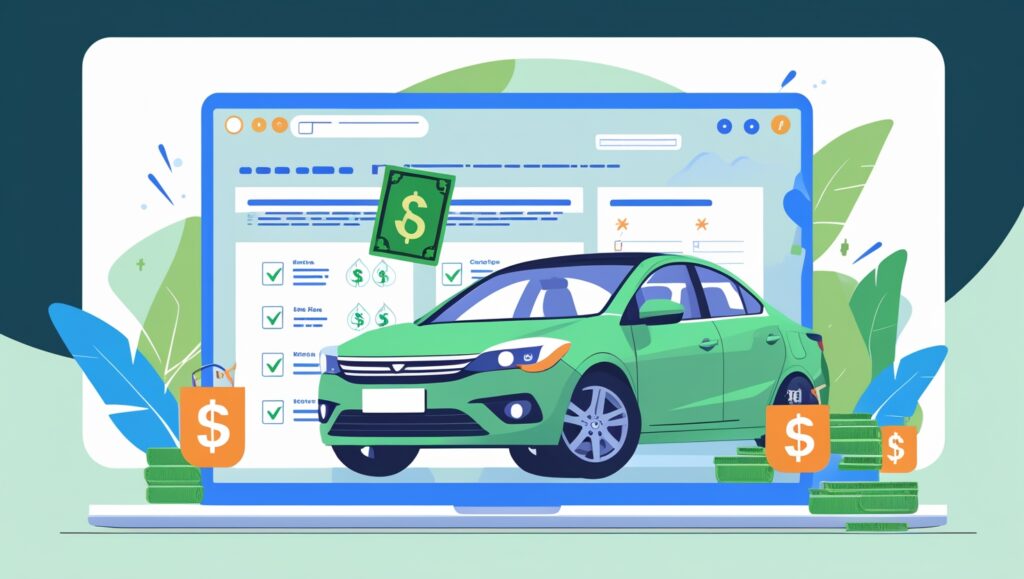Car insurance isn’t just a legal requirement—it’s your financial safety net when the unexpected happens. But with so many coverage options, how do you know what you really need in 2025?
According to Forbes Advisor, 1 in 8 drivers in the U.S. are underinsured, leaving them vulnerable to massive out-of-pocket costs after an accident. Whether you’re a new driver, a family looking for the best protection, or just reevaluating your policy, this guide breaks down the 7 essential types of car insurance coverage—plus smart tips to avoid overpaying.
By the end, you’ll know:
✔ Which coverages are must-haves vs. nice-to-haves
✔ How 2025 trends (like AI pricing and EV discounts) affect your policy
✔ Real-world examples of how each coverage type works
✔ Common mistakes that could leave you underprotected
1. Liability Insurance (The Legal Backbone)
What It Covers:
- Bodily Injury Liability (BIL): Medical bills for people you injure in an accident.
- Property Damage Liability (PDL): Repairs for vehicles or property you damage.
Why You Need It:
- Required in 48 states (except New Hampshire and Virginia).
- Without it, you could face lawsuits, wage garnishment, or even license suspension.
2025 Tip:
Medical costs are rising—experts now recommend **100,000+perperson∗∗forBIL.AsingleERvisitcaneasilyexceed100,000+perperson∗∗forBIL.AsingleERvisitcaneasilyexceed20,000.
Example: You cause a crash that injures two people (50kinmedicalbills)andtotalsacar(50kinmedicalbills)andtotalsacar(30k). With a 100/300/50 policy (100kperperson,100kperperson,300k per accident, $50k property), you’re fully covered.
Dive Deeper: What Is Liability Insurance?
2. Collision Coverage (Protects Your Car)
What It Covers:
- Repairs to your vehicle after a crash, regardless of fault.
Best For:
- New or financed cars (lenders usually require it).
- Drivers in high-traffic areas where fender benders are common.
2025 Trend:
With EV repair costs 15–20% higher than gas cars, collision coverage is becoming pricier for electric vehicle owners.
Example: You swerve to avoid a deer and hit a guardrail, causing 8kindamage.Witha∗∗8kindamage.Witha∗∗500 deductible**, you pay 500,andinsurancecovers500,andinsurancecovers7,500.
3. Comprehensive Coverage (Beyond Crashes)
What It Covers:
- Theft, vandalism, natural disasters, fire, and animal strikes (like hitting a deer).
Why It’s Smart:
- 1 in 169 drivers file a comprehensive claim yearly (Insurance Information Institute).
- Especially valuable if you park on the street or live in areas prone to hail/floods.
Example: A tree branch crushes your windshield during a storm. Comprehensive pays for repairs (minus your deductible).
4. Uninsured/Underinsured Motorist Coverage (Your Safety Net)
What It Covers:
- Your medical bills and repairs if a driver with no insurance or too little insurance hits you.
Shocking Stat:
- 14% of U.S. drivers are uninsured (Insurance Research Council).
Example: A hit-and-run driver totals your car. Without this coverage, you’d pay out of pocket.
5. Personal Injury Protection (PIP) / Medical Payments
What It Covers:
- Your medical bills, lost wages, and even funeral costs after an accident—regardless of fault.
Key for:
- No-fault states (like Florida and Michigan), where PIP is mandatory.
2025 Insight:
With healthcare costs soaring, PIP ensures you’re not stuck with ER bills.
6. Gap Insurance (For Leased/Financed Cars)
What It Covers:
- The difference between your car’s current value and what you owe if it’s totaled.
Critical If:
- You leased or financed a car (standard insurance only pays actual cash value, which depreciates fast).
Example: You owe 25konyourcarloan,butyourtotaledcarisonlyworth25konyourcarloan,butyourtotaledcarisonlyworth18k. Gap insurance covers the $7k gap.
Related: Full Coverage Insurance Explained
7. Rideshare Insurance (For Uber/Lyft Drivers)
What It Covers:
- Gaps when your personal policy doesn’t cover ride-hailing work.
Why Standard Policies Fall Short:
- Most exclude commercial use during Period 1 (when you’re waiting for a ride request).
2025 Trend:
With gig economy growth, insurers like Progressive and Geico now offer affordable add-ons.
How to Save on Car Insurance in 2025
- Bundle Policies: Combine auto + home/renters for up to 25% off.
- Ask About Discounts:
- Good student (for teens with B+ averages)
- Low mileage (if you drive <10k miles/year)
- EV discounts (new in 2025!)
- Raise Your Deductible: Higher deductibles = lower premiums (just ensure you can afford the out-of-pocket cost).
Pro Tip: Compare quotes every 2 years—loyalty rarely pays.
Final Verdict: Build Your Ideal Policy
Not all coverages are created equal. Here’s a quick cheat sheet:
| Must-Haves | Nice-to-Haves |
|---|---|
| Liability Insurance | Rental Car Reimbursement |
| Uninsured Motorist | Roadside Assistance |
| Collision (for newer cars) | Custom Parts Coverage |
| Comprehensive (if at risk) | Rideshare (if applicable) |
Bottom Line: In 2025, car insurance isn’t just about compliance—it’s about smart protection. Review your policy, leverage new discounts, and don’t let rising costs catch you off guard.
Still unsure? Drop your questions below—we’re happy to help! 🚗💡



